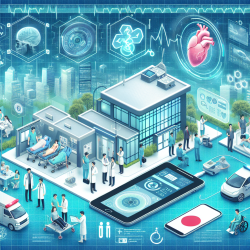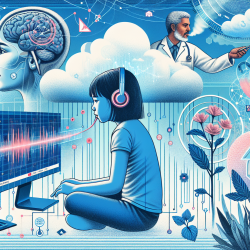Introduction
As the world progresses, so does the need for healthcare systems to adapt to new challenges. Japan's emergency medicine system provides a compelling case study of how demographic changes and technological advancements necessitate systemic evolution. The research article "Emergency medicine in Japan: past, present, and future" offers valuable insights into these transformations and provides a roadmap for practitioners worldwide to enhance their skills and systems.
Understanding the Challenges
Japan faces a unique set of challenges due to its super-aged society, with 26.3% of its population over 65 years old. This demographic shift has resulted in a transition from trauma-focused emergency care to managing medical and surgical conditions prevalent among the elderly. The traditional triage system, which categorizes emergencies based on acuity, is under pressure to evolve to meet these new demands.
Key Developments in Japan's Emergency Medicine
Japan's emergency medical services (EMS) have introduced several innovative solutions to address these challenges:
- Public Helpline and Smartphone App: Initiatives like the 24-hour helpline and smartphone apps aim to streamline ambulance activations and hospital admissions, reducing unnecessary diversions.
- Hybrid ER Systems: These systems integrate CT scanning and interventional radiology in one room, allowing for immediate diagnosis and treatment, thus improving patient outcomes.
- Community-Based Integrated Care: This policy ensures that elderly patients receive comprehensive care within their communities, potentially reducing emergency room visits.
Implications for Practitioners
Practitioners can learn from Japan's approach by considering the following strategies:
- Adopt Technology: Implementing similar helpline systems and apps can enhance communication and coordination in emergency care.
- Focus on Geriatric Care: Developing specialized training programs for emergency physicians to manage geriatric patients effectively can improve care quality.
- Promote Interdisciplinary Collaboration: Encouraging collaboration among various specialties can lead to more holistic and efficient patient care.
Encouraging Further Research
While Japan's model offers a robust framework, continuous research is essential to refine these systems further. Practitioners are encouraged to explore the integration of new technologies and care models to meet the evolving needs of their populations.
To read the original research paper, please follow this link: Emergency medicine in Japan: past, present, and future.










